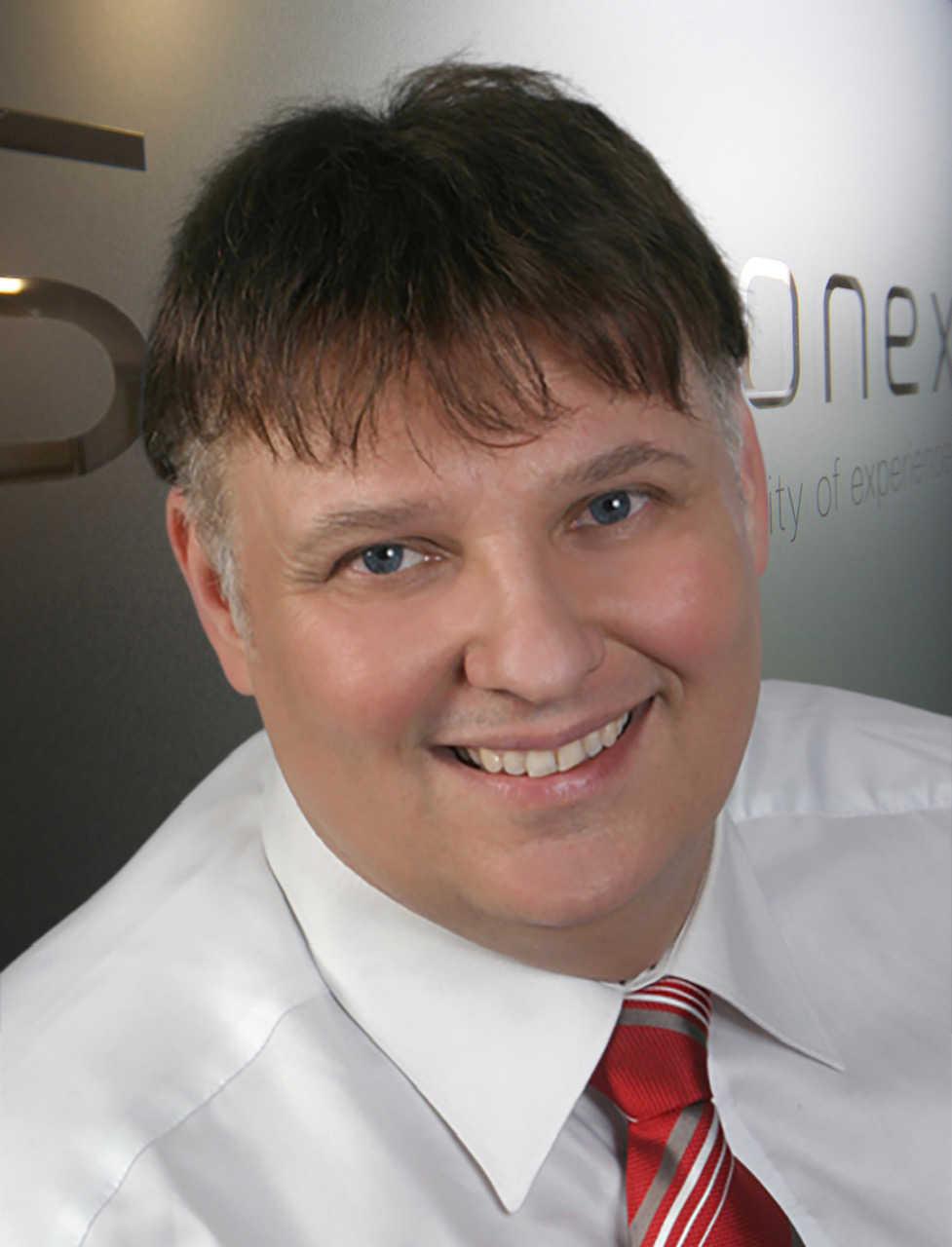ADCs key for high baud-rate coherent systems
 Friday, July 29, 2022 at 4:34PM
Friday, July 29, 2022 at 4:34PM Increasing the baud rate of coherent modems benefits optical transport. The higher the baud rate the more data can be sent on a wavelength, reducing the cost-per-bit of traffic.
But engineers have become so good at designing coherent systems that they are now approaching the Shannon limit.
 Tomislav Drenski
Tomislav Drenski
At the OFC show earlier this year, Ciena showcased a coherent module operating at 107 gigabaud (GBd). And last year, Acacia, now part of Cisco, announced its next-generation 1.2 terabits-per-second (Tbps) wavelength coherent module operating at up to 140GBd.
The industry believes that increasing the baud rate to 240+GBd is possible, but each new symbol-rate hike is challenging.
All the components in a modem - the coherent DSP and its digital-to-analogue (DAC) and analogue-to-digital (ADC) converters, the optics, and the analogue drive circuitry - must scale in lockstep.
 DAC,
DAC,  DSP,
DSP,  Socionext,
Socionext,  Tomislav Drenski,
Tomislav Drenski,  baud rate,
baud rate,  coherent modems,
coherent modems,  converter,
converter,  high speed ADC,
high speed ADC,  serdes,
serdes,  symbol rate in
symbol rate in  OFC 2022
OFC 2022  Print Article
Print Article 



